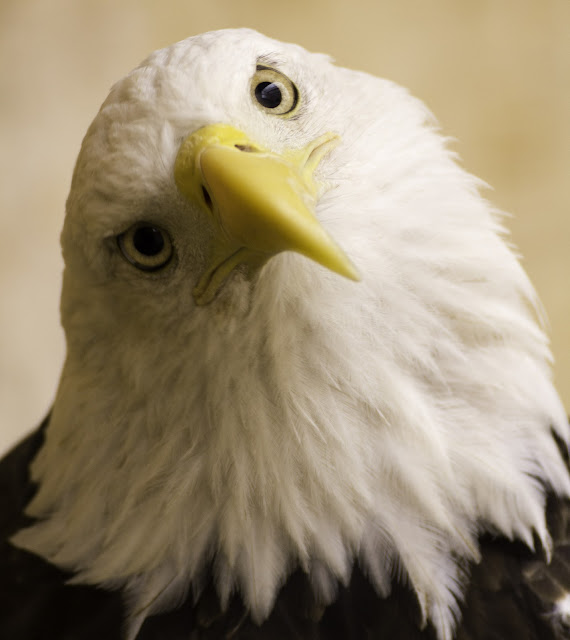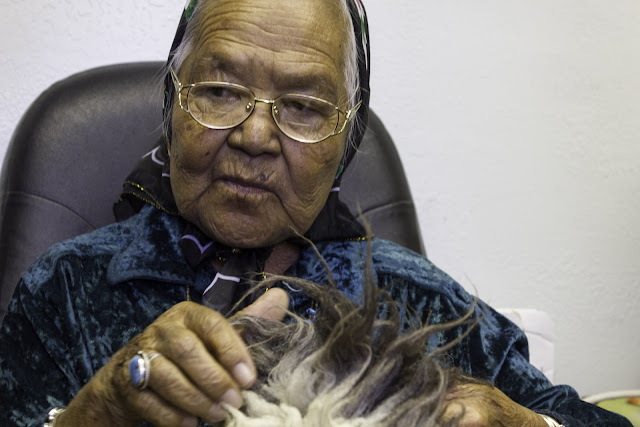Zuni Sanctuary — ER for Eagles

Indian Country Today published this story in 2012. For more on topics like this, see my book, American Apartheid: The Native American Struggle.... He’s called The Inquisitive One. Z uni Fish and Wildlife director and biologist Nelson Luna opened the door to the eagle refuge’s main flyway, a 100-by-25-foot space with 18-foot slatted walls. Shade dappled the gravel-covered floor and made the Zuni Eagle Sanctuary a pleasant haven from western New Mexico’s brilliant high-desert sun. In the refuge, Luna and environmental technician Alfonso Penketewa care for 26 injured eagles—13 golden and 13 bald—that wouldn’t survive if released. Birds bathed in shallow pools. Others sprinted short distances or flew the length of the space, feathers floating in their wake. Occasionally, they shrieked—a wild, piercing cry. On a shelf-like perch at one end of the flyway, a young bald eagle (above) cocked his head at the sight of strangers accompanying Luna. “ What’s this?! ” I imagined him t


